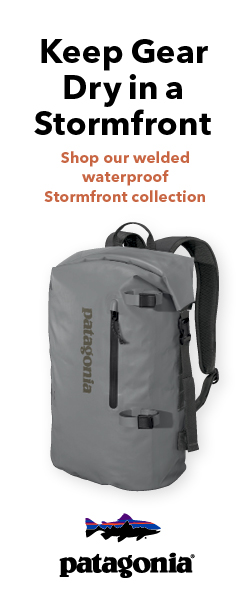Canada Greenlight Massive Gold and Copper Mine Near Alaska Border
 Monday, December 22, 2014 at 12:05AM
Monday, December 22, 2014 at 12:05AM 
Earlier this week the BC government approved the massive Site C Dam on the Peace River. Now the Canadian federal government has greenlighted a proposed new mine in the Transboundary region that in on the scale of Pebble in Alaska.
The federal government approved the environmental assessment application on Friday for the massive KSM gold and copper mine in northwestern British Columbia near the Alaska border.
The mine, which is owned by Seabridge Gold Inc. (TSX:SEA), is considered the largest undeveloped gold reserve in the world and also has copper, silver and molybdenum deposits.
The project would be just 35 kilometres from the Alaska border, and in August the state took the rare step of asking the Canadian government for involvement in the approval process over concerns for its rivers and fish.
But the Canadian Environmental Assessment Agency concluded in its report that the KSM project isn’t likely to cause significant adverse environmental effects.
LINK (via:Global News)
Not likely to cause significant environmental effects?
Here is some KSM data courtesy of the Southeast Alaska Conservation Council.
As proposed, this mine will be among the largest open-pit mines in the world. It will process 130,000 tons of ore per day. The mine will operate for 52 years.
Waste Rock: The KSM will produce 2.5 billion tons of acid producing waste rock that will be dumped into the Mitchell and McTagg Valleys just above the Unuk River.
Pits: The open pits will cover 2,500 acres and be over 1,200 feet deep. Pumping water from the pits will essentially remove all of the ground water from the mine footprint.
Waste Water: The mine will be required to treat 119,000 gallons of contaminated water per minute prior to dumping into the Unuk River. This scale of water treatment is unprecedented. An earthen dam 540 feet tall will contain the lake of contaminated water. Water will have to be treated for at least 200 years after closure and possibly forever.
Tailings Dump: The tailings dump will cover 3,400 acres of fish habitat in the headwaters of the Bell-Irving river system. This sludge will be contained behind a 2 dams over 700 feet tall; taller and wider than the Hoover Dam. These dams will be made from waste rock, not concrete.
There are currently 21 projects either active or in the later stages of exploration in the Transboundary region.
Learn more about the threats to the region and take action at SEACC and Rivers WIthout Borders.
 ksm mine,
ksm mine,  rivers without borders in
rivers without borders in  Conservation,
Conservation,  Environment,
Environment,  Mines
Mines 





